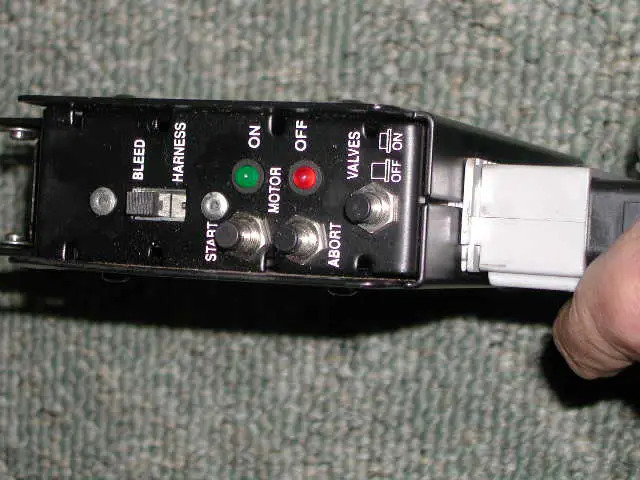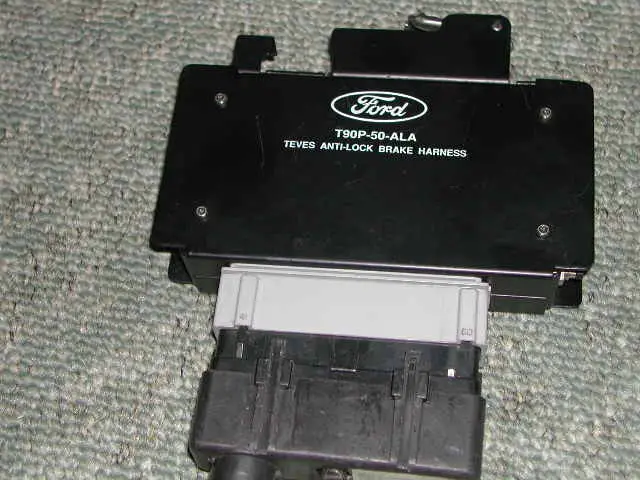A friend of mine has a pretty nice 93. While doing the brakes one of the rear lines snapped because it was rusted to the flare nut. While it sat overnight until the parts store opened to we could buy unions and flare nuts, all of the fluid drained from the system. The old line was cut back until it was in good condition, the new line was spliced in and connected to the new flex hose and caliper. This car has all new brake components in the rear and a 1 year old cobra brake upgrade in the front.
After helping him flush 3 quarts of new fluid through the system while bleeding it in the front and back multiple times, the brakes just are not firming up like they were. The system has been checked for leaks thoroughly, none found. I also checked brake line pressure with a rotunda brake pressure gauge I have, appears to be ok. The car is drivable but the brakes are spongy as hell.
We suspect the issue is some air may have gotten into the ABS pump. I have MANY Rotunda tools from a dealership I helped liquidate but I don't have the T90P-50-ALA tool that is needed to activate the ABS pump and open the valves for 20-60 seconds. Does anyone have one they would be willing to rent or sell?
It looks like this:


After helping him flush 3 quarts of new fluid through the system while bleeding it in the front and back multiple times, the brakes just are not firming up like they were. The system has been checked for leaks thoroughly, none found. I also checked brake line pressure with a rotunda brake pressure gauge I have, appears to be ok. The car is drivable but the brakes are spongy as hell.
We suspect the issue is some air may have gotten into the ABS pump. I have MANY Rotunda tools from a dealership I helped liquidate but I don't have the T90P-50-ALA tool that is needed to activate the ABS pump and open the valves for 20-60 seconds. Does anyone have one they would be willing to rent or sell?
It looks like this:



